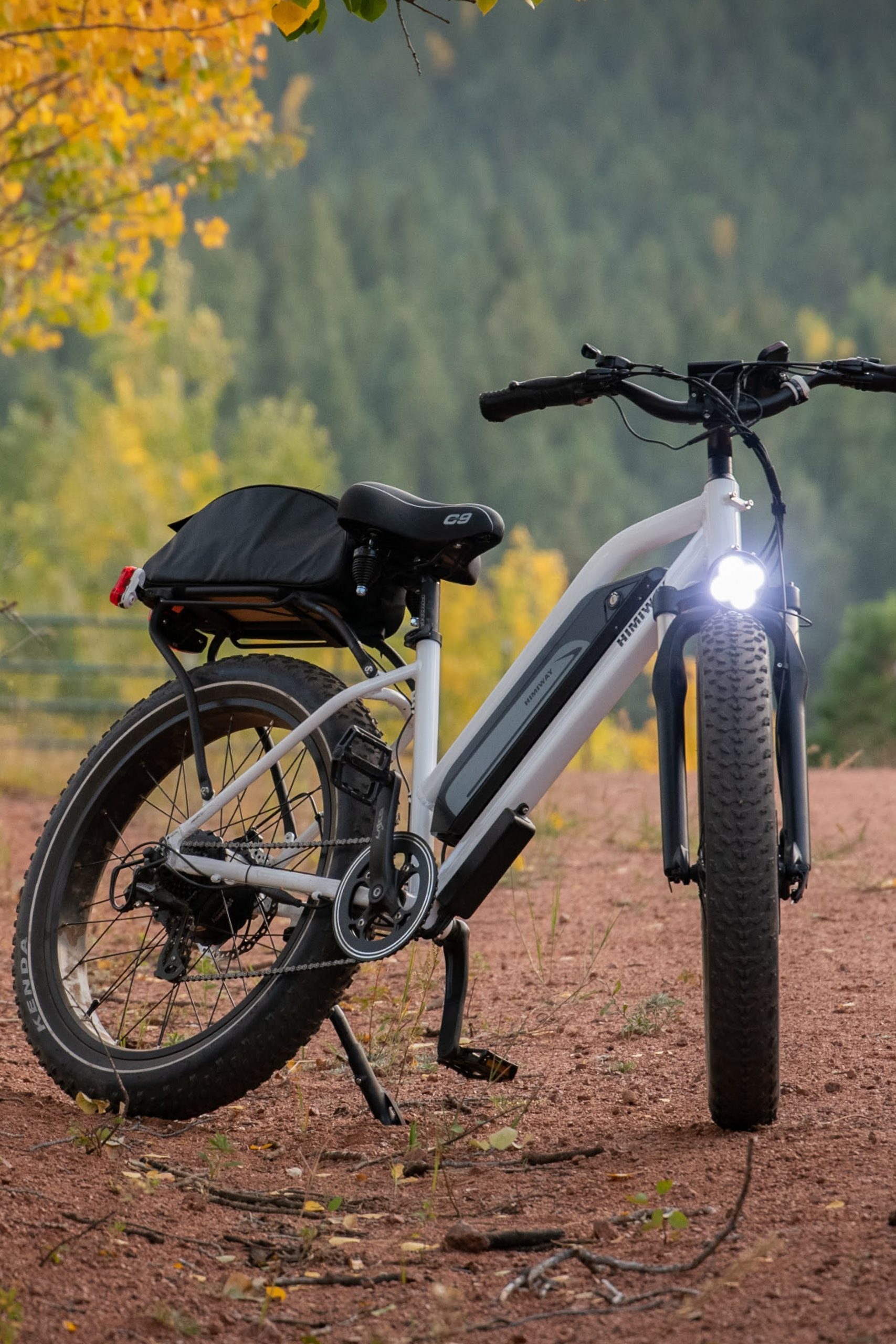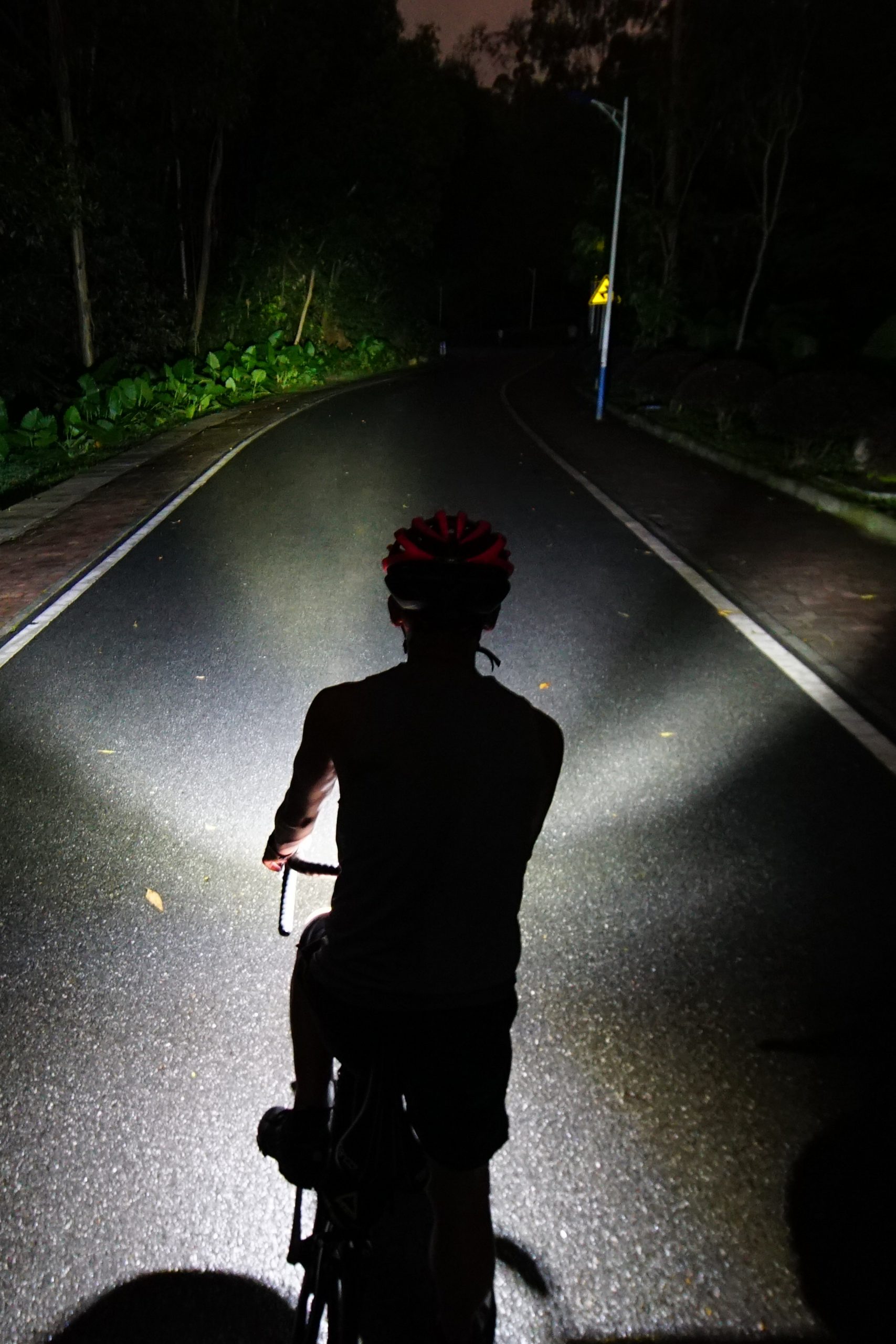Key Takeaways:
- Bicycle lights are required by law in many states.
- Bike lights are not just for your safety but for everyone else's safety also.
- A maximum output of 1000 to 2000 lumen is sufficient for a bike light.
- A great bike light mount can make operation smooth and very efficient.
- You want to maximize battery runtime as much as possible.
Why You Need A Bike Light
It's The Law
Here in Texas and many other states, the law requires that you have “Must have a white light on the front and a red reflector or red light on the rear” of your bicycle. This means that you have to have at least one bicycle light on the front of your bike, or else you’ll be disobeying the law. Generally, bikes are sold with reflectors already attached to them but it is not common to buy one with bicycle lights already attached. So you have to actively go out and purchase one yourself.
For Everyone’s Safety
Of course, you know that having a bicycle light is for your safety. It ensures that you are able to always see what's ahead of you and not ride into a dangerous situation. It also ensures that other people on the road, whether fellow bicyclists or people driving motor vehicles, are able to see you and do not run into you. This is not only for your safety but also theirs, this ensures that neither you nor them get into an accident and potentially become injured. So when considering buying a bicycle light, keep in mind that it is for everyone's safety on the road or trail.

How To Choose A Bicycle Light
There are tons of bike lights out there with a wide range of prices. Some are super cheap and you get exactly what you pay for when they break easily or a little rainfall causes them to have water damage and stop working. Some are way too expensive and you don't get as much value for the price. There are a few things to think about when getting a bike light: Brightness, Mounting, and Battery & Runtimes.
Bright But Not Too Bright
Just like any other source of light at night, you want it to be pretty bright. Considering how bright car headlights can be, they range anywhere from 1000 lumen to more than 4000 lumen. So I would say that a good range for max output is anywhere between 100 lumen and 2000 lumen for a bicycle light since a bike is a smaller vehicle than a car and you ride it on roads and bike trails often.
Anything less for max output, I would advise against. A bit more is fine but a lot more, I would not recommend it because you don’t want your light to be too bright and potentially blind someone or hinder their vision. Now, of course, there will be different brightness modes and you can choose the appropriate one for each situation but I believe over 2000 lumens is unnecessary.
Easy Mounting
The last thing you want is a complicated mounting system that makes using your bicycle light a complete headache. There are more and more bike lights that are making mounting and dismounting your light a lot easier. Make sure to confirm that the bike light mount fits on the handlebars of your bike (or wherever you plan on mounting it). Many bike mounts have rubber strips that provide extra grip just in case the mount isn't a perfect fit with your bike's handlebars. Some bikes like the BR25 have the ability to easily slide the light on and off the mount so that you can easily charge it or use it as a handheld flashlight.
Battery & Runtime
Everyone fears their flashlight or light source going out on them when they need it most. That's why it's important to carefully consider the battery and the runtime of your bicycle light. That includes whether or not it has a built-in rechargeable battery versus a removable rechargeable or non-rechargeable battery. Both have their pros and cons.
With a built-in battery, you don’t have to worry about replacing the batteries or buying more and they also tend to have more battery life. If you are someone who stays on top of having their devices charged then this could be a way to go, but if your bicycle light dies on you mid-cycle, then you have to find a way to charge it there.
With removable batteries, you can always carry spare batteries, and as much as you want. The problem comes in when you forget to pack those spare batteries when you go on a long bike ride and the light dies on you mid-cycle. Now you have to find a way to get replacement batteries or charge the battery inside the light if it's rechargeable.
With runtime, you want to make sure the light is going to last much longer than your bike ride. Ideally, on its highest output, you would want at least one hour of runtime. You probably won't be using its max output for the entirety of your ride. What you will be using is usually its middle or medium output on average. So you want a runtime there of about 5-14 hours. That way you won't have to charge the light or replace the batteries after every ride.



